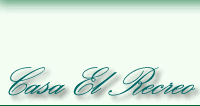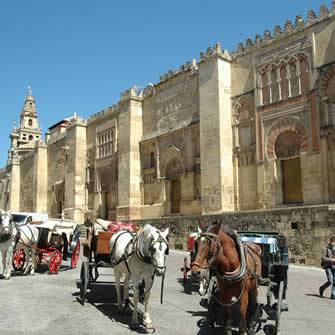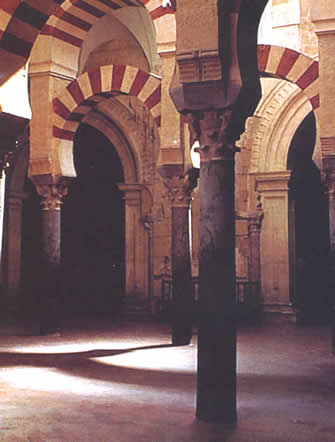|
||||||||
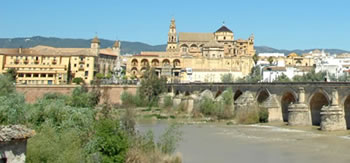 |
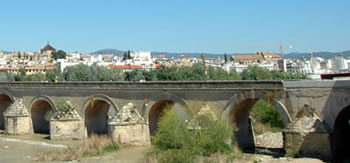 |
|||||||
|
||||||||
Córdoba information |
||||||||
General information |
||||||||
Situated deep in Andalusian Autonomous Region, Cordoba
is a compendium of history and modernity. This ancient city, which
has been declared World Heritage Site, is a living legacy of the
diverse cultures that settled in it throughout history. To take a stroll through the historic quarter of Cordoba is to discover a beautiful network of small streets, alleys, squares and whitewashed courtyards arranged around the Mosque-Cathedral, which reflects the importance of the city during medieval times and which is a real symbol of the capital. |
||||||||
|
||||||||
The historic quarter |
||||||||
The historic quarter of Cordoba, declared a World Heritage Site, still preserves traces of the ancient splendour of the Caliphate of Cordoba, which made this city one of the most cultured and refined of medieval Europe. In the tenth century, during the rule of Abd-al-Rahman III, the medina at one point had a thousand mosques, eight hundred public baths, and a very advanced system of street lighting. Its urban layout rivalled the monuments of Constantinople, Damascus and Baghdad. Dominating the landscape: the Great Mosque. Its fame spread after it was built, due to its ingenious construction and its wealth. The "forest of columns" (there are nearly a thousand of them), set on top of the Visigoth basilica, is one of the main attractions of this place. Nineteen naves make up the quadrangular plan of the early mosque, divided by a double series of arches, which combine Moorish arches and semicircular arches. In addition to alternating brick with stone, and red with white, other decorative elements were used, such as sculpted marble, stucco, mosaics, and plasterwork. The Cathedral and Mosque now form a unique architectural space because, during the Reconquest, it was decided that a Gothic-style cathedral would be built inside the mosque itself. With the passing of time, Plateresque and Baroque elements came into play. Thus, barrel vaults and Baroque ornaments fuse with geometrical motifs and verses from the Koran. |
||||||||
|
||||||||
|
||||||||
